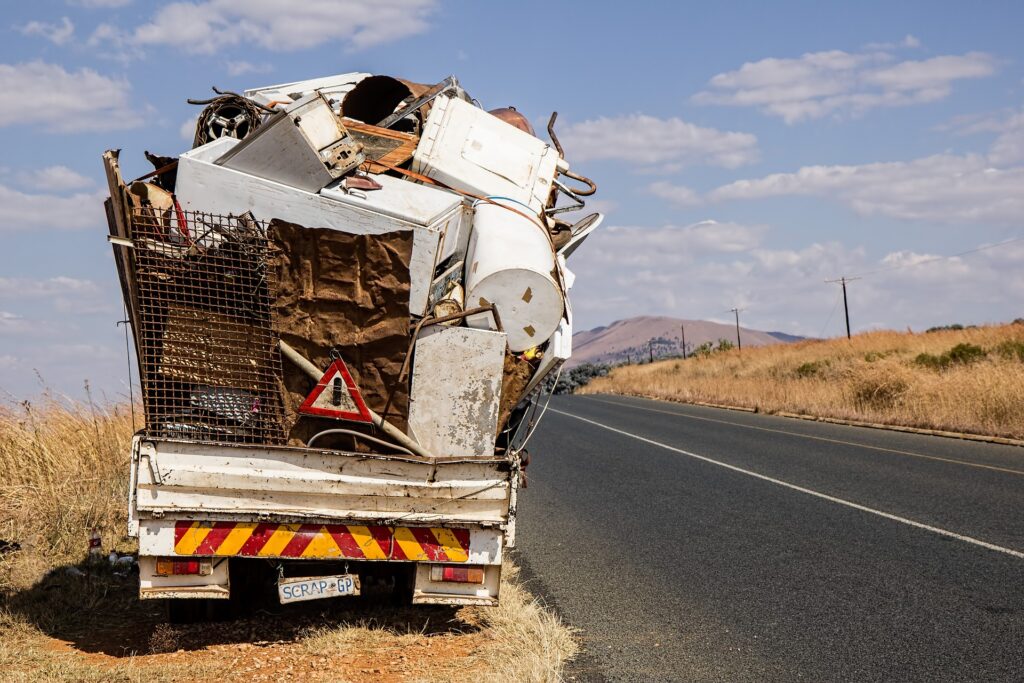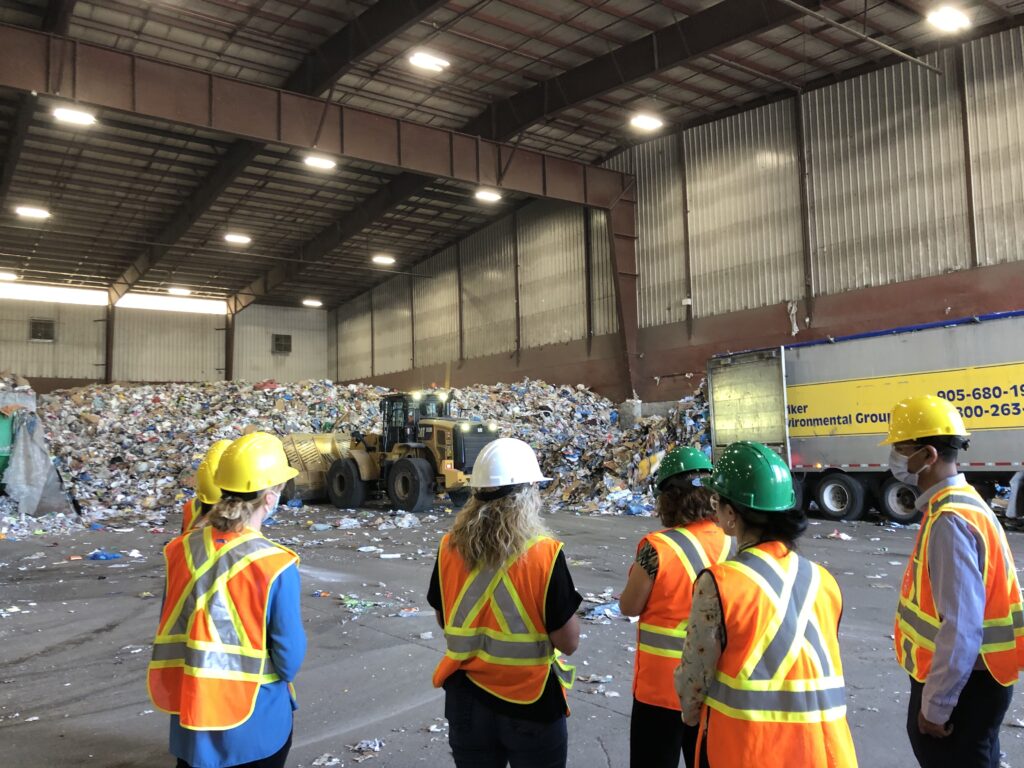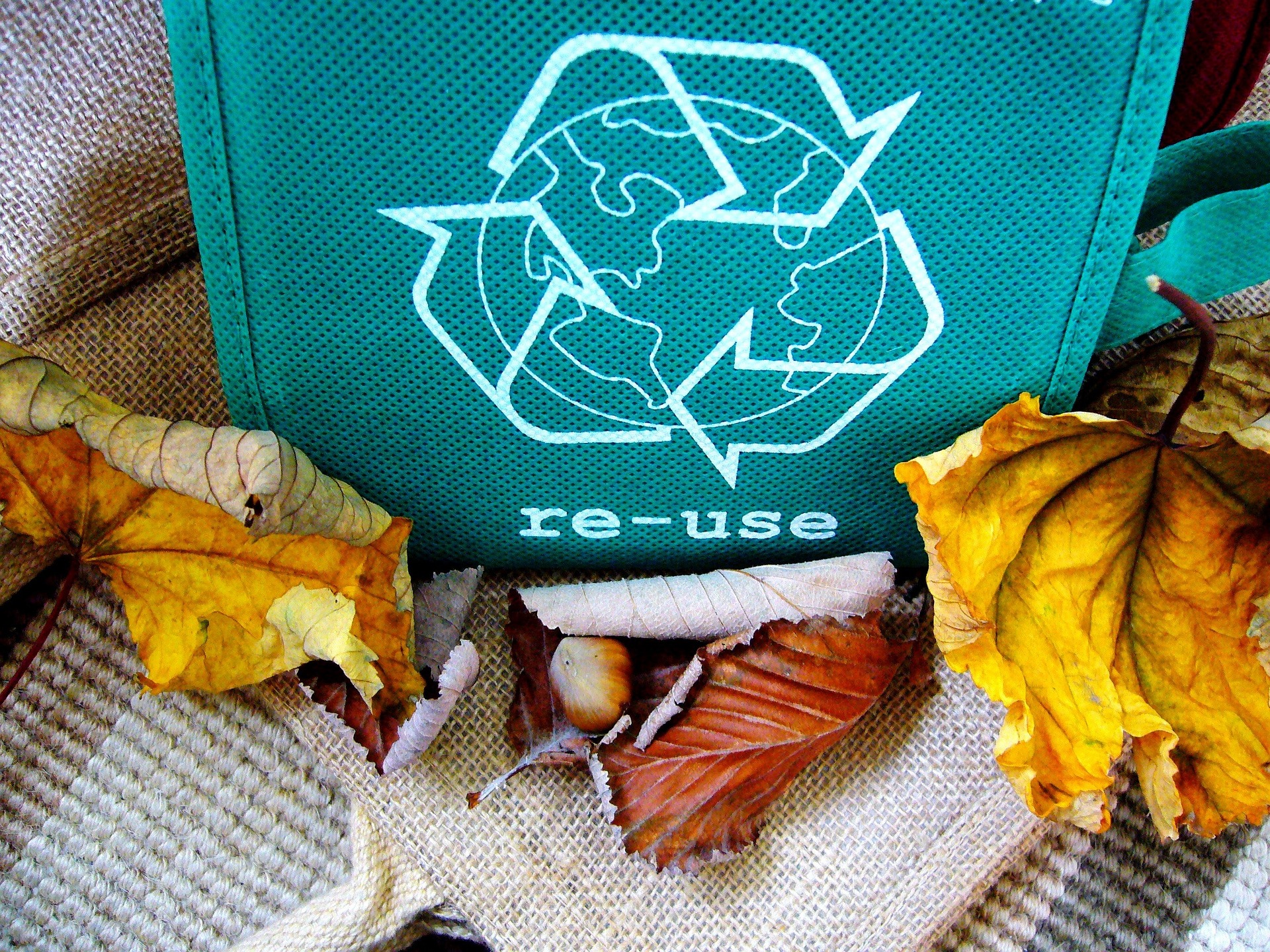Combating Climate Change with the Circular Economy
In recognition of Earth Month, PPG encourages the reflection of our dependence on Earth’s natural resources, our current impacts on the planet, and to consider where we can improve the sustainable use of those resources. One of the ways we can do this is by rethinking the way we use and consume products.
What is the Circular Economy?
Today’s throwaway economy works in a linear way. Materials are taken from the earth, manufactured into products, sold on the market, and are thrown away. When new technology is released or when old ones break down, we buy new products. What is left is a growing supply of waste that ends up in landfill or the natural environment, affecting communities, public health, and natural systems.
In contrast, a circular economy seeks to stop waste from being produced in the first place by keeping products in use, lengthening a products lifespan by reusing, repairing, refurbishing, remanufacturing, repurposing, or recycling. Sound familiar? Yes, the circular economy seeks to utilize the basic 3R’s (reduce, reuse, recycle) we were taught as children but in a holistic way.

A System-Wide Approach
The circular economy can be implemented at the individual level, but it can also be implemented at the organizational level through sustainable procurement decisions, rethinking waste management systems, and collaborating with the community to rehome used items. This will ultimately save money for the organization, build meaningful relationships with the community, reduce greenhouse gas emissions, and help restore natural systems.
Circular Economy and Climate Change
To meet the Paris Agreement’s climate targets and achieve net-zero waste, we must change the way we create and use goods and materials by finding ways to keep products in circulation. Even if products are no longer needed for their original use, creativity and ingenuity will be needed to find new ways to use the materials. For example, products can be donated and used in art installations, clothes can be upcycled into new pieces, and electronics can be broken down into their parts and reused. By reducing waste and pollution from throughout the value chain, we can reduce greenhouse gas emissions and mitigate the effects of climate change.
The Circular Economy Leaders Consortium
The concept of the circular economy as a systems-wide approach can be a significant undertaking for businesses, especially when first starting out. Luckily, there is no market benefit to doing it alone. That is why Partners in Project Green offers the Circular Economy Leaders Consortium, an exclusive network of sustainability industry professionals seeking to achieve measurable waste prevention and diversion goals, focused on facility management and operations. By working together, we can be more effective at reducing waste, achieving our sustainability goals, and give back to the community.

Interested in joining the Circular Economy Leaders Consortium?
Contact Chaya Chengappa at chaya.chengappa@trca.ca to learn more.

